Lower Eyelid Surgery in Auckland New Zealand
Lower blepharoplasty includes a range of surgical techniques that are designed to improve the appearance of the lower eyelids. It involves the removal of fat and excess skin to achieve a balanced facial contour and reduce signs of ageing such as wrinkles in the eyelid area. This surgery is usually done for cosmetic reasons but can also be performed to improve your visual function. The procedure can be done on an outpatient set-up and lasts 1-3 hours. A lower blepharoplasty procedure is associated with a higher satisfaction rate and you will no longer seek a repeat surgery since the results are long-lasting.
Dr Mark Gittos is an experienced and talented plastic surgeon who performs eyelid surgery regularly to help patients achieve their desired aesthetic results.
Download Dr Mark Gittos’ Guide to Eyelid Lift Surgery – Blepharoplasty
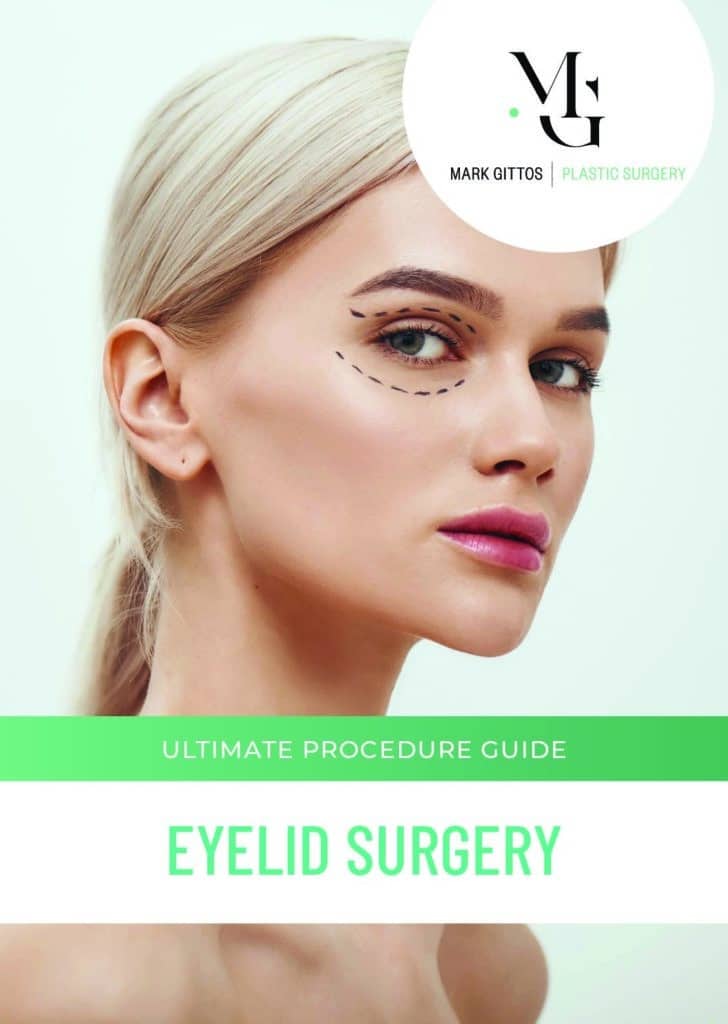
What is a Lower Blepharoplasty?
Lower blepharoplasty is an eyelid surgery during which skin and/or fat are removed to reduce lower eyelid wrinkles, excess skin, and fat deposits. It aims to improve the appearance of the lower eyelids and can also help achieve a youthful appearance by reducing wrinkles in the lower eyelids. The procedure can also improve your visual function.
Reasons for having Lower Blepharoplasty
You may seek a lower blepharoplasty procedure if you have:
- Wrinkles or puffy bags under the eyes
- Too much skin underneath the eye that can obscure your vision
- A tired-looking appearance due to sagging lower eyelids
- Low self-esteem due to the appearance of your upper eyelids
Benefits of Lower Blepharoplasty
This surgical procedure offers the following benefits:
- Youthful look: the procedure tightens the skin under your eyes and removes the excess skin which in turn can take years off your face
- Rejuvenated appearance: the procedure can help reduce a tired-looking appearance by removing dark circles under your eyes and sagging skin in the lower eyelids
- Improved visual function: the procedure can improve your visual function by removing the bulging skin underneath the eye that can obscure your vision especially when you are looking down
Ideal Candidates for Lower Blepharoplasty
Before a lower blepharoplasty, Dr Gittos will carefully assess your overall health and expectations to create a treatment plan that will best suit your specific needs. In general, you are an ideal candidate for the procedure if:
- You have no history of chronic dry eye, hypertension, circulation disorders, thyroid disorders, diabetes, or heart disease
- You are at least 18 years old
- You have wrinkles or puffy bags under the eyes
- You have excess skin underneath the eye that can obscure your vision
- You have a tired-looking appearance due to sagging lower eyelids
- You have low self-esteem due to the appearance of your lower eyelids
How Is Lower Blepharoplasty Performed?
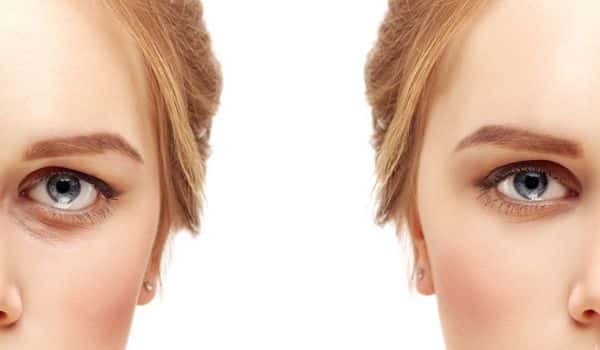
Blepharoplasty is usually done in an outpatient setting. Local anaesthesia is used to numb the eyelids and IV sedation is administered to help you relax. If you want to address issues on your upper and lower eyelids, Dr Gittos will usually work on the upper eyelids first.
Once the anaesthesia has taken effect, the surgeon will cut along the fold of the eyelid and removes some excess skin and fat and possibly muscle if indicated. Depending on the surgeon’s preferences, several techniques may be used to perform the procedure.
One method is the trans conjunctival approach in which Dr Gittos creates an incision on the lower eyelid to remove fat. Another method is the skin approach which involves cutting the eyelash margin. Once the desired appearance is achieved, the surgeon will close the cut with very small stitches that will stay for 3-6 days. The surgical wound will be then covered with sterile gauze to protect it from injury and infection.
Lower blepharoplasty before and after photos may be taken for future comparison. This allows the surgeon to monitor the progress of your healing and if the desired clinical outcome is achieved.
Preparation for a Lower Blepharoplasty
Before the surgery, you’ll meet with Dr Gittos to discuss your medical history. This includes previous surgeries and past and/or current conditions. A series of physical exams will be done such as eyelid examination, visual acuity test, and other tests that assess visual function.
A few weeks before the surgery, you will be advised to stop taking medications containing aspirin and NSAIDs like diclofenac and ibuprofen as they can increase the chances of bleeding. You should also avoid alcohol and tobacco use as they delay the healing process. It is also recommended to arrange for another person to drive you home after the surgery and to stay with you the night after the procedure.
Recovery after a Lower Blepharoplasty
After the surgery, stitches will remain for about a week. It is common to have swelling, bruising, pain, puffiness, numbness, watery eyes, and sensitivity to light after the procedure. As part of your recovery, you should stay at home and take a few weeks off from work.
You will need to maintain an upright sleeping position for two nights to prevent damage to the suture lines. It is also recommended to avoid strenuous activities and contact sports for a week. To reduce swelling and discomfort, you can apply an ice pack or ice cubes wrapped in a clean cloth to your eyelid area.
To prevent infection, your surgeon will prescribe an antibiotic ointment. You will also need to adhere to proper wound care techniques which will be provided to you before you get discharged. You will also be advised to use a lubricating ointment as artificial tears. You will need to wear dark sunglasses to protect the skin of the eyelid and take over-the-counter painkillers as recommended to control pain.
You can return to work and daily routine after 2 weeks. During this time, bruising and swelling have completely subsided. If you experience double vision or loss of vision, bleeding, severe swelling, or pain, you should contact your doctor immediately.
Cost of Eyelid Surgery in Auckland

The cost of surgery depends on a number of factors, such as your Surgeon’s level of expertise and the condition of your eyelid area meaning the price for eyelid surgery in Auckland can vary significantly. We take a look at your specific needs in great detail during your consultation.
We also provide information on Blepharoplasty, Private Health Insurance and different methods of payment.
Risks and Complications of Lower Blepharoplasty
All surgery has risks and complications. Although rare and can be prevented in the hands of a highly qualified and experienced surgeon, they sometimes do occur. Lower blepharoplasty risks and complications include the following:
- Asymmetry
- Blindness (very rare)
- Difficulty closing the eyes due to too much removal of the eyelid skin
- Dry eyes
- Haemorrhage (bleeding)
- Infection
- Injury to eye muscles
- Lagophthalmos (incomplete or abnormal closure of the eyelids)
- Noticeable scarring
- Ptosis of the eyelid (drooping)
- Skin discoloration
- Temporary blurring of vision
- The need for follow-up surgery
If you experience any untoward signs and symptoms, seek medical help immediately for further medical evaluation and management.
FAQS about Lower Blepharoplasty
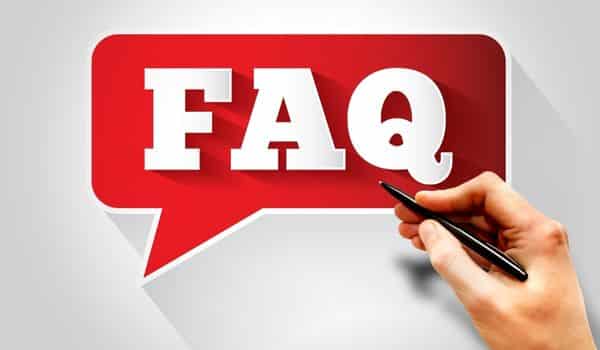
What is a lower Bleph?
- Lower blepharoplasty is an eyelid surgery in which skin and/or fat are removed to reduce lower eyelid wrinkles, skin redundancy, and fat bulges. It aims to improve the appearance of the lower eyelids and can also help achieve a youthful appearance by reducing wrinkles in the lower eyelids. Aside from cosmetic reasons, it can also improve your visual function by removing too much bulging skin underneath the eye.
How long does a lower blepharoplasty last?
- Lower eyelid surgery lasts 5-7 years and rarely needs to be repeated. However, ageing cannot be prevented by this procedure so the elasticity of the skin and the underlying facial muscle will change. To maintain the results of the surgery, it is recommended to have a good skincare regimen and a healthy lifestyle.
Is lower blepharoplasty permanent?
- The results of the procedure usually last a long time, however, it will not stop your eyes from ageing. Once you had the procedure, you will rarely need another surgery. However, you may need a lower blepharoplasty again if significant signs of ageing on the lower eyelids start to reappear. Your surgeon will reassess your overall health and expectations if a repeat procedure is necessary.
Does lower Bleph tighten skin?
- Although the procedure allows for the removal of excess skin, it is not designed to be a “skin tightening” method. It may reduce the appearance of mild wrinkles around the eyelid area but it will not produce significant benefits in areas of severe wrinkling. In addition, too much removal of the skin in the lower eyelid area can lead to lower lid rounding, retraction, or even ectropion (drooping of the lower lid away from the eye).
How long after blepharoplasty will I look normal?
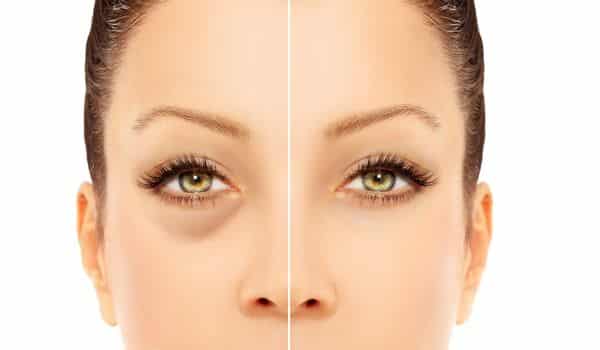
- Lower blepharoplasty healing time varies from patient to patient. After eyelid surgery, stitches on both lids will remain for a week but your eyelids should look normal within a week or two. Full recovery takes up to 3 months but you can see the final result in 4-6 weeks after the surgery. To speed up the healing process and achieve the best clinical outcome, you should adhere to the aftercare instructions. To get an idea of what to expect after the procedure, your surgeon may provide you with lower blepharoplasty recovery photos.
Does lower blepharoplasty get rid of wrinkles?
- Since excess fat and tissue are removed, it does eliminate wrinkles and creases that may have formed in the lower eyelid area but it won’t get rid of other facial wrinkles. It is often done along with other cosmetic procedures to achieve the best results. It is important to keep in mind that the procedure may reduce the appearance of mild wrinkles around the eyelid area but it will not produce significant benefits for facial area with severe wrinkling. Your surgeon will provide you with alternative options if you want to get rid of wrinkles in other facial areas.
Does lower blepharoplasty change eye shape?
- Eyelid surgery is not designed to change the shape of the eye. Ideally, the eye shape should look the same before and after the surgery but in some instances, you will experience at least some degree of change to the shape of your eyes since it removes excess skin and fat.
Is lower eyelid surgery worth it?
- Most patients are satisfied and happy after eyelid surgery, especially those who want to reduce mild wrinkles in the eyelid area and achieve a well-rested appearance. Aside from cosmetic reasons, the procedure can also be used to improve visual function by removing excess skin from the lower eyelid area that is obstructing your visual field.
Does lower blepharoplasty help with dark circles?
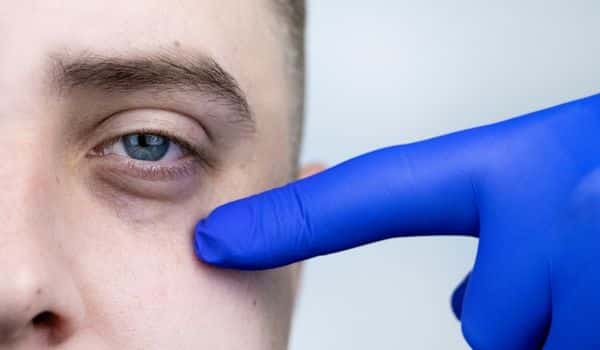
- One of the most effective ways to treat baggy eyelids and dark circles is through blepharoplasty. The procedure can reduce the appearance of dark circles underneath the eye, resulting in a well-rested appearance.
How many times can you have lower blepharoplasty?
- Lower blepharoplasty is designed to produce long-lasting results. It is associated with a higher satisfaction rate and you may not need a repeat procedure. However, you may undergo another eyelid surgery if significant signs of ageing on the lower eyelids start to reappear.
Who is a good candidate for blepharoplasty?
- You are a good candidate for the procedure if you have no medical issues that can impair healing, are a non-smoker, and have a positive outlook and realistic goals. Ideally, the procedure is recommended for those who suffer from droopy lower eyelids that cause an increased amount of eye white to show and those who have impaired vision due to excess skin in the lower eyelids. During the consultation, Dr Gittos will assess your overall health and expectations to determine if you are a good fit for the procedure.
What is the best surgery for under-eye bags?
- Lower blepharoplasty can help reduce the appearance of under-eye bags. The procedure can improve both sagging eyelids and under-eye bags by removing excess skin and reconstructing the eyelid area.
How long does under-eye bag surgery last?
- The length of the procedure may vary from patient to patient and will depend on several factors such as the skin condition, number of procedures to be performed, and the surgeon’s skills. In general, the procedure usually lasts for up to 2 hours.
Can you see after lower blepharoplasty?
- Following the procedure, your vision may be temporarily blurry. This is because swelling usually occurs. In addition, the use of eye lubricants/ointments during the procedure can also cause blurred vision. Vision changes after the procedure are just temporary. You will likely achieve normal vision after a few days.
Further Reading – Medical References about Lower Blepharoplasty
- Blepharoplasty: An Overview
- All About Blepharoplasty on Mayo Clinic site
- Eyelid Problems: Causes and Fixes
- Complications in blepharoplasty: how to avoid and manage them
- Blepharoplasty patients are getting younger – here’s why | ASPS
About Dr Mark Gittos FRACS (Plast) – New Zealand Plastic Surgeon
Practice locations in Herne Bay Auckland, Northland and Bay of Plenty – Kerikeri, Whangarei, New Plymouth & Tauranga
Dr Mark Gittos is a leading Specialist Plastic Surgeon and operates a practice in Herne Bay, Auckland and in the UK. The practice focuses on both surgical and non-surgical procedures, each designed to help restore, improve or change a physical characteristic or problem. The first step in every case is to talk through your personal requirements and explore all the options, before deciding on the most effective solution.
Dr Mark Gittos offers high quality, natural-looking cosmetic surgery results and is highly experienced in Breast, Body and Face Surgery having performed over 4000 Surgeries in the last 26 years. With worldwide expertise Dr Gittos is an expert in breast, face and body surgery for men & women.
Naturally, before any treatment is begun, we will explain clearly the advantages and risk factors; so that you have the information you need to make an informed decision that is best for you. Visit the practice to find out more.

NEXT STEPS
Please NOTE: Dr Gittos only performs surgery on non-smoker patients with a BMI less than 30. To check your BMI please visit the NZ Heart Foundation website. For help giving up smoking before surgery visit the Smoke Free website
Do your Research
- Read the Website and Blogs relevant to your procedure
- Browse our Frequently Asked Questions including how to choose a Surgeon for your procedure
- Download and read the FREE Guides to Surgery
What to Bring to your Plastic Surgeon Consultation
- Bring a friend or relative to help discuss the information and your choices
- Take lots of notes and read the documents provided thoroughly
- Dress in simple clothes as you may need to undress for examination
- Bring your medical referral and any relevant medical documents or test results
Book your Initial Surgery Consultation
- A Referral from your GP or specialist is helpful but NOT essential – you can have a consultation without a GP Referral
- Email us or Call on 09 529 5352 to arrange your surgeon consultation appointment.
- Book a consultation with Dr Gittos by paying the Consultation Fee – $325 incl GST
Traveling for Surgery? – Consider post-surgery luxury recovery in a Hotel with LuxeCare
Please contact us to arrange to book a consultation with our Specialist Plastic Surgeon or to speak with our Patient Care Advisor.
Send an enquiry form today or phone 09 529 5352 during Clinic Hours
